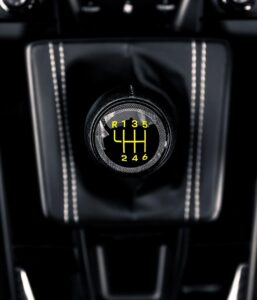
Isaac Newton discovered that when a narrow beam of sunlight strikes a face of a prism at an angle, some of that light is reflected and some pass through the prism to emerge out as a spectrum of different colored bands. He divided this spectrum into 6 different colors – violet, blue, green, yellow, orange and red. It is rumored that he later added indigo to make the total 7, due to the symbolic references from ancient Greek mythology, the musical notes and the number of days of the week.
Did you know? The days of the week are named after ancient gods and planets (Sun-day, Moon-day, Tiw’s-day, Woden’s-day, Thor’s-day, Frigg’s-day, Saturn-day).
The human eye is relatively insensitive to the color indigo. Isaac Asimov suggested that indigo should not be regarded as a color of it’s own right as it is merely a shade of blue or violet.
Scattering is when light is forced to deviate from it’s original path due to non-uniformity of the medium through which it passes.
What gives snow it’s white color? Snow appears white in color due to multiple scattering of sunlight. Snowflakes are crystals with many surfaces, at angles that bounce back the light like a mirror. Scattering of light by water droplets is the reason for the white colored appearance of fog, steam and clouds in the sky.
Polar bear’s fur is pigment-free. It’s fur has a thick colorless translucent undercoat made of shorter hair and a layer of hollow guard hairs (5-15 cm long). The hollow strands of hair scatter sunlight to give the polar bear it’s white shiny appearance. The salt from the sea water that gets deposited over the fur adds to the scattering effect.
Did you know? Polar bears actually have black skin. Polar bears are born with skin that is pink in color. As they grow the skin turns black. This helps them in trapping the solar radiation and keeping them warm.
The luster or sheen of a surface is determined by the level of scattering. Highly scattering surfaces appear to have a matte finish while the absence of scattering leads to a glossy appearance as that of metal.







